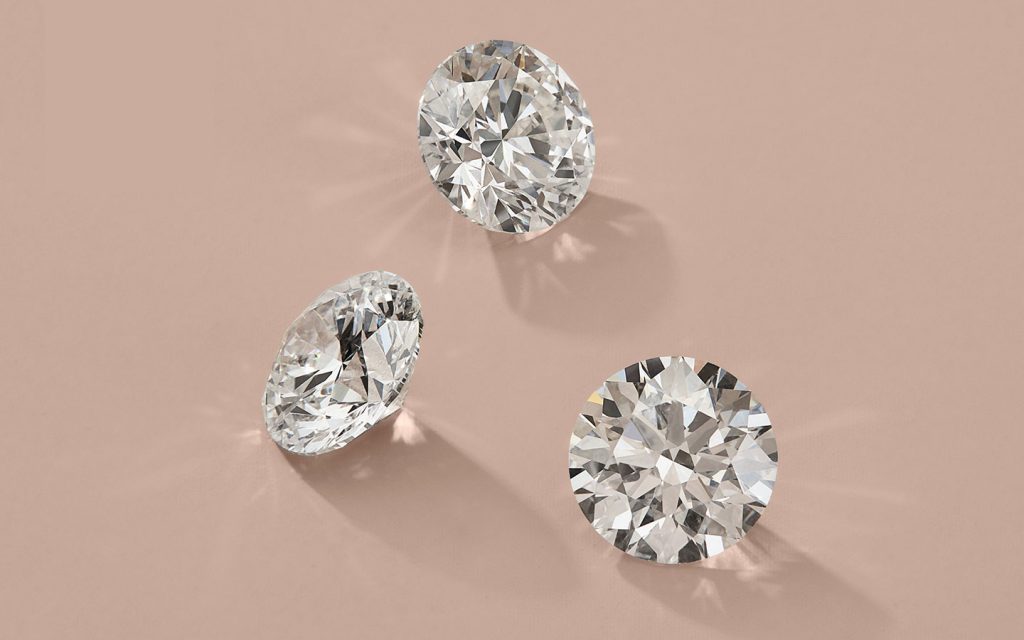
Table of Contents
Introduction
In the realm of diamonds, certifications are crucial. They give buyers assurance regarding the quality and authenticity of the gemstone they are purchasing. Among the various certification bodies, GIA and IGI stand out for their reputation and impact.
Comparison of GIA and IGI
Framework of GIA
Established in 1931, GIA has established itself as the leading authority in gemology. Its intensive grading standards and steady reliability have earned it global acknowledgment gia vs igi. Diamonds guaranteed by GIA are profoundly valued in the business for their accuracy and dependability.
Blueprint of IGI
IGI, established in 1975, is another notable certification foundation. It operates overall and is regarded for its useful grading processes. While not as stringent as GIA, IGI gives reliable certifications that are generally accepted, especially in certain markets.
Detailed Analysis
Grading Standards
Both GIA and IGI assess diamonds based on the “4 Cs” — Variety, Clarity, Cut, and Carat Weight. GIA is renowned for its extreme grading standards, which are maintained through broad research and advancing refinement. IGI, while maintaining elevated expectations, may offer marginally various evaluations compared to GIA.
Customer Insight
Wisdom plays a crucial work in the diamond business. GIA-affirmed diamonds are often viewed as preferable due over their stringent grading processes and global reputation. This acumen impacts buyer trust and ability to pay premium expenses.
Impact on Diamond Estimating
Diamonds guaranteed by GIA generally command greater costs in the market because of their apparent quality and consistency. They also will as a rule hold their value better after some time, making them a favored choice for investment purposes.
Case Studies
To illustrate the qualifications, how about we consider real-life examples where the same diamond was affirmed by both GIA and IGI. The variations in grading reports and coming about market values can give valuable encounters to potential buyers.
Choosing the Right Certification
Ultimately, choosing among GIA and IGI depends upon your particular necessities and requirements. Factors like the reason for purchase, budget constraints, and tentative arrangements (like resale or upgrades) should coordinate your dynamic interaction.
Lab grown diamonds are rapidly becoming a popular choice for those seeking stunning, ethical, and cost-effective alternatives to traditional mined diamonds. These diamonds are created using advanced technological processes that replicate the natural diamond formation, resulting in gemstones that are chemically, physically, and optically identical to their mined counterparts.
When it comes to diamond certification
The Gemological Institute of America (GIA) and the International Gemological Institute (IGI) are two of the most renowned organizations in the industry. The GIA is widely recognized for its rigorous and consistent grading standards, which have set the benchmark for diamond quality assessment worldwide. Established in 1931, the GIA’s grading reports are considered the gold standard, often preferred by jewelers and buyers seeking the highest level of assurance. On the other hand, the IGI, founded in 1975, has gained a strong reputation, particularly in Europe and Asia, for providing detailed and comprehensive reports. While IGI certifications are generally perceived as slightly more lenient compared to GIA, they offer valuable insights into the quality and characteristics of diamonds. Ultimately, the choice between GIA and IGI may come down to personal preference, market demand, and the level of trust in each institute’s grading practices.
Conclusion
In conclusion, both GIA and IGI offer reputable diamond certifications, each with its assets and considerations. GIA is renowned for its careful standards and global acknowledgment, while IGI gives a reliable alternative faster turnaround times. Whether you center around absolute quality or practicality, understanding these differentiations enables you to make an educated decision while placing assets into diamonds.






